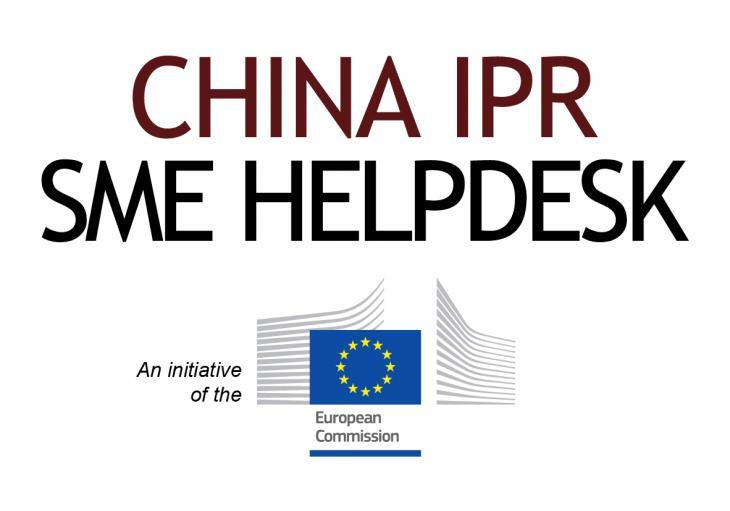China IPR case study: Tackling counterfeits
Creative industry goods are valuable not only for their designs, but often their trademarks too, and businesses should be aware that intellectual property rights (IPR) infringement can target either or both of these types of intangible assets. In actual cases of infringement, however, enforcement processes are not always straightforward, and careful consideration and adaptation of strategies is necessary, as illustrated in this case study of a French garment designer.
Background
A French company, "A", entered into a joint venture agreement with a Chinese company, "B", to manufacture and export a seasonal garment collection to Europe. To minimise costs, the design of each individual piece of clothing was not protected in China. However, the trademark appearing on the collar label was registered.
"A" was providing their new patterns to "B" three to four months prior to the launch of their collection. "B" was then subcontracting the manufacture of the garments to another factory, of which "A" was not aware. The goods were then exported by "B" to "A", which was receiving the goods for distribution in their stores. Additionally, "A" did not have any local representative in China to supervise production and quality.
After two or three collections were manufactured, the quality of the production started dropping to the extent that "A" had to refuse entire shipments of goods. As the poor quality of the products was putting its business in jeopardy, "A" was forced to find an alternative way to manufacture the goods.
Finally, after exchanging correspondence and warning letters, "A" and "B" decided to terminate their contractual relationship. In the meantime, "A" was informed by one of its local agents about products bearing identical or similar trademarks being spotted in shops located in Southeast China. Immediately, "A" thought that "B" might be involved, but did not have any evidence of this, since "B" was subcontracting the manufacture of the goods to another factory that "A" was not aware of.
Strategy and actions
"A" decided to take action and hired a private investigator in order to try to locate the factory where these garments were produced. It proved quite easy to locate the counterfeiter, since most of the stores selling the fake products were owned by the owner of the manufacturing plant. An informant was placed inside the factory to monitor its activities. "A" rapidly found out that, since they were not providing any new designs to "B", the identified factory was not producing identical garments anymore.
Administrative raids were conducted simultaneously by the AIC (Administration of Industry and Commerce) against the stores and the factory. Of course, only those goods bearing identical or similar trademarks were confiscated by the AIC. The number of products found was not in excess of 1,000 because the factory was no longer receiving new designs, and therefore fewer clients were interested in buying fake products.
Forms of abuse
Products found by "A" in these stores and factories were of three types:
- identical designs bearing identical trademarks with a label of ‘excellent quality’ (probably the same label used for the manufacture of the genuine products);
- identical designs but with similar trademarks (one trademark closely resembled the trademark for "A" and another did not);
- identical designs without any trademark.
Lessons learnt
"A" has never been able to establish a link between "B" and the factory it discovered through its investigation, but there is a strong presumption that this factory was the subcontractor for "B".
Considering this experience, "A" does not work exclusively with one partner and exclusively in China anymore. Contracts have been modified to obtain all possible information on subcontractors prior to signing. The designs are still not registered in China and in those countries where the goods are manufactured, however, which remains a risk to the business.
The China IPR SME Helpdesk supports small and medium sized enterprises (SMEs) from European Union (EU) member states to protect and enforce their Intellectual Property Rights (IPR) in or relating to China, Hong Kong, Macao and Taiwan, through the provision of free information and services. The Helpdesk provides jargon-free, first-line, confidential advice on intellectual property and related issues, along with training events, materials and online resources. Individual SMEs and SME intermediaries can submit their IPR queries via email (question [at] china-iprhelpdesk.eu ()) and gain access to a panel of experts, in order to receive free and confidential first-line advice within 3 working days.
The China IPR SME Helpdesk is an initiative by the European Union
To learn more about the China IPR SME Helpdesk and any aspect of intellectual property rights in China, please visit their online portal at http://www.ipr-hub.eu/.
